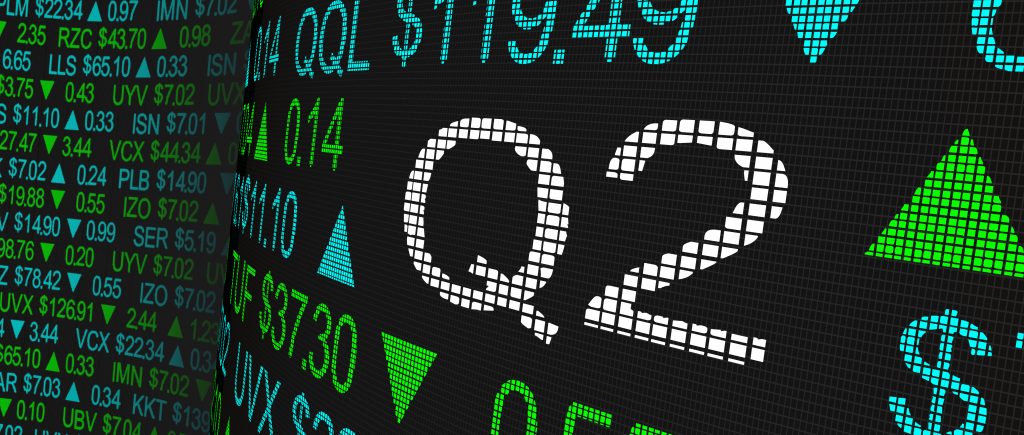The one thing Google, Snapchat, TikTok and Facebook all have in common is their business model that rely a lot on selling advertisements. This is why they of course share something else: a problem. Google is expected to comprise 30% of total worldwide digital ad revenues this year. Snapchat and Twitter are also expected to make up under 1%.
Lately, all numbers say that ad spending is not what it used to be. But the slowdown is not hitting all tech platforms equally. There is an unprecedented number of problems that are affecting advertising-based companies for 2022’s second quarter. The Number 1 big problem is inflation.
Ad customers are generally businesses and corporations, the ones that normally spend money on marketing campaigns. They are monitoring cost inflation in a variety of other parts of their business, including cost of materials, production, labour and many other factors. So, at the margin, that probably necessarily means they have less money to allocate for spending on marketing and advertising.
It is no surprise then that ad-based companies’ earnings have slowed down, but they’ve not slowed down equally. Alphabet’s earnings were better than expected, Twitter’s were disappointing and SNAP’s earnings were disappointing.
No advertising revenue platform is recession-proof, but not all ad platforms are created equal, and some are going to be more recession-resistant. On Wall Street, there is a lot of talk about Snapchat and Twitter, but in terms of ad revenue, they are tiny; sometimes, they are even considered experimental advertising. On the contrary, Google and Meta are huge.
Some companies may lose ground, others may double their gain. TikTok’s growth, for example, has been explosive. But overall, ad revenue growth for the industry will be in the low double digits, not terrible, just not the 50% to 60% growth some companies saw last year.
This quarter has been defined by how advertisers are reaching shoppers. Commerce advertisers and brands have increased investment in social media to stimulate demand, then continued to grow their advertising presence at the very bottom of the funnel with retail media spending, where purchase intent is strongest.
There is more direct evidence of how social media advertising has adapted and rebounded versus the second quarter last year, when the introduction of IDFA led to decreasing social budgets. This year, solutions to the loss of targeting and measurement signals have helped stabilize those spending levels, which has yielded stronger growth for social media spending than many expected.

 Noor Trends News, Technical Analysis, Educational Tools and Recommendations
Noor Trends News, Technical Analysis, Educational Tools and Recommendations




